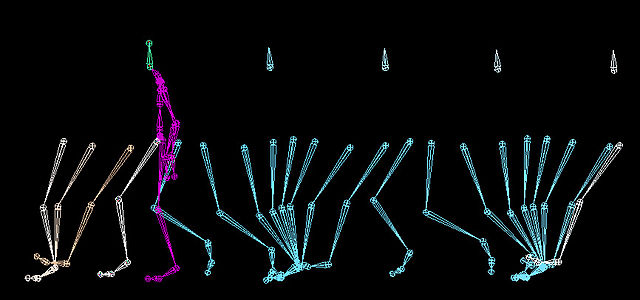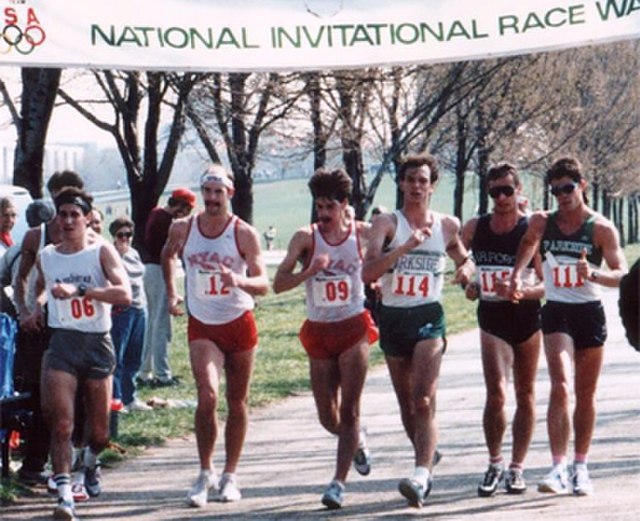Walking in the United Kingdom
Walking is one of the most popular outdoor recreational activities in the United Kingdom, and within England and Wales there is a comprehensive network of rights of way that permits access to the countryside. Furthermore, access to much uncultivated and unenclosed land has opened up since the enactment of the Countryside and Rights of Way Act 2000. In Scotland the ancient tradition of universal access to land was formally codified under the Land Reform (Scotland) Act 2003. In Northern Ireland, however, there are few rights of way, or other access to land.
Ivinghoe Beacon, Buckinghamshire, England (the eastern trailhead) seen looking north from the Ridgeway
Skiddaw mountain, the town of Keswick, Cumbria and Derwent Water seen from Walla Crag, Lake District, England
Claife Station, built at one of Thomas West's "viewing stations", to allow visiting tourists and artists to better appreciate the picturesque Lake District
Commemorative plaque of the Mass trespass of Kinder Scout in 1932, an event that led to great expansion of the public right of access to the British countryside
Walking is one of the main gaits of terrestrial locomotion among legged animals. Walking is typically slower than running and other gaits. Walking is defined by an "inverted pendulum" gait in which the body vaults over the stiff limb or limbs with each step. This applies regardless of the usable number of limbs—even arthropods, with six, eight, or more limbs, walk. In humans, walking has health benefits including improved mental health and reduced risk of cardiovascular disease and death.
Computer simulation of a human walk cycle. In this model the head keeps the same level at all times, whereas the hip follows a sine curve.
Racewalkers at the World Cup Trials in 1987
Nordic walkers
Free heels are a defining characteristic of ski touring







